Discover Arizona’s fascinating warbler species with detailed photo identification, captivating descriptions, enchanting audio recordings of their melodious songs, and intriguing fun facts, among other valuable information.
Warblers, these small migratory songbirds, embark on extraordinary journeys spanning vast distances from South America to breeding grounds as far as Canada. With their vibrant colors and an impressive repertoire of songs, they swiftly traverse from nesting areas to wintering grounds in a dazzling display of yellow and green hues.
Native to North America, these delightful creatures, often referred to as wood-warblers, primarily inhabit woodlands and forests. Beware of the notorious “warbler neck,” a discomforting ailment that arises from gazing skyward through your binoculars in search of these elusive birds.
While warblers primarily feed on insects, they occasionally pay visits to backyard feeders in search of seeds or mealworms. Immerse yourself in the world of Arizona’s avian residents by exploring a complimentary ID chart featuring other regularly sighted bird species.
This comprehensive guide serves as your compass in identifying the various types of warblers found in Arizona. Drawing data from avibase and contributions by avid birdwatchers on ebird, it offers authentic insights into when and where these captivating birds can be observed.
Warblers to spot in Arizona during summer include Lucy’s Warbler, Yellow Warbler, Common Yellowthroat, Yellow-breasted Chat, Grace’s Warbler, Red-faced Warbler, and Virginia’s Warbler. In winter, keep an eye out for the Yellow-rumped Warbler, Orange-crowned Warbler, Black-and-white Warbler, and Northern Parula. During migration periods, witness the spectacle of Wilson’s Warbler, Black-throated Gray Warbler, Townsend’s Warbler, MacGillivray’s Warbler, Nashville Warbler, Hermit Warbler, Northern Waterthrush, and American Redstart. Additionally, accidental warblers may grace Arizona’s skies, including the Rufous-capped Warbler, Louisiana Waterthrush, Chestnut-sided Warbler, Palm Warbler, Tennessee Warbler, Hooded Warbler, Black-throated Blue Warbler, Ovenbird, Prothonotary Warbler, Yellow-throated Warbler, Magnolia Warbler, Black-throated Green Warbler, Pine Warbler, Prairie Warbler, Blackburnian Warbler, Canada Warbler, Golden-winged Warbler, Worm-eating Warbler, Blackpoll Warbler, Tropical Parula, Cape May Warbler, Kentucky Warbler, Bay-breasted Warbler, Blue-winged Warbler, and Mourning Warbler.
Curious about warbler songs? Often, you’ll hear their melodious tunes before catching sight of these elusive songsters. Familiarize yourself with a selection of their distinctive songs to facilitate their identification.
Some warblers produce songs characterized by a buzzy quality, while others showcase clear notes or trills. Buzzy notes mimic the hum of insects, clear notes resemble whistles, and trills comprise rapid sequences of notes, making individual tones indistinguishable.
Among the warblers featured in this guide, the Black-throated Blue Warbler’s song ascends in a buzzy manner, while Prairie Warblers and Black-throated Green Warblers produce buzzy songs that include clear notes in the middle. Blackpoll Warblers exhibit clear and steady songs reminiscent of insect buzz, whereas Palm Warblers and Prairie Warblers deliver buzzy songs that rise in pitch. The Common Yellowthroat’s song consists of rising and falling notes repeatedly, much like the Ovenbird’s song. Hooded Warblers, Chestnut-sided Warblers, Yellow-rumped Warblers, and Northern Parulas emit sequences of clear notes with variations in pitch and rhythm. Meanwhile, Wilson’s Warblers present a series of clear falling notes that progressively accelerate.
Embark on an auditory adventure by exploring the enchanting songs of these charming warblers through the aid of a supplementary guide featuring 13 easily recognizable warbler songs.
Let’s delve into the distinctive characteristics of some of Arizona’s captivating warbler species:
1. Yellow-rumped Warbler

A common sight in Arizona during winter, Yellow-rumped Warblers grace approximately 33% of birdwatchers’ checklists. Exhibiting gray plumage interspersed with flashes of yellow on the face, sides, and rump, these birds showcase white wing patches. Female individuals may display a touch of brown, while winter birds adopt paler brown tones, featuring vibrant yellow rumps and sides that revert to gray as spring unfolds. Two subspecies exist: the Myrtle Warbler lacks a yellow throat and inhabits the eastern US and Canadian boreal forests, while Audubon’s Warbler dwells in the western region, accompanied by greater wing whiteness.
2. Lucy’s Warbler
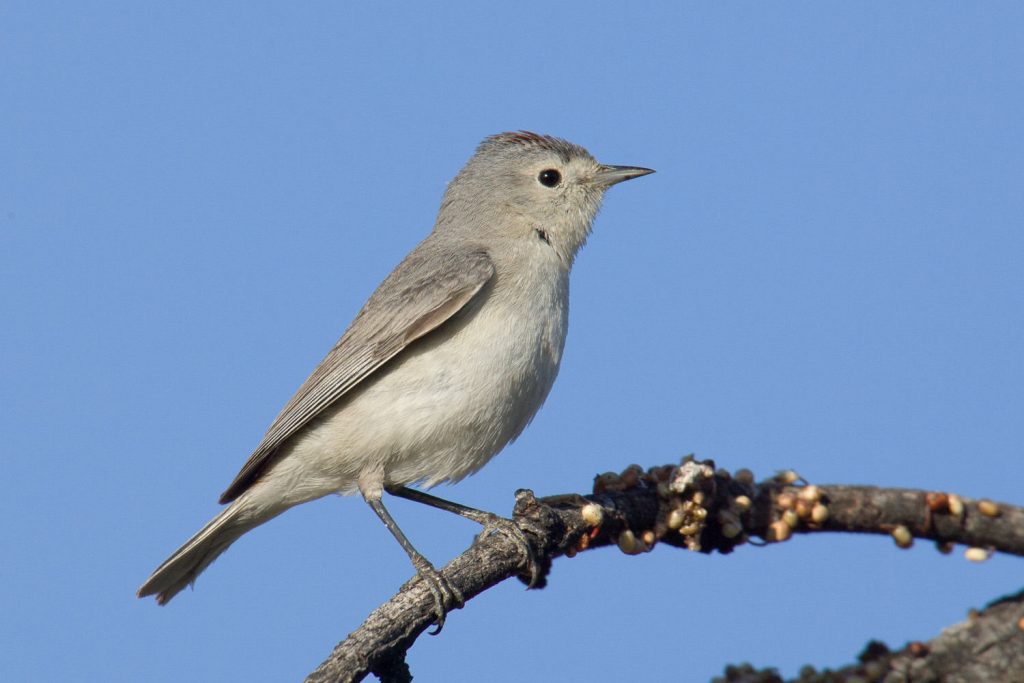
During the summer, Lucy’s Warblers dominate the Arizona landscape, gracing 17% of checklists. Nesting solely in the desert regions of the Southwest, these small, unassuming birds exhibit gray heads, white eye rings, reddish patches on their crowns and rumps, and whitish throats, breasts, and bellies. Juveniles possess similar coloration minus the cinnamon-colored patch on the head.
3. Yellow Warbler

March to October marks the presence of Yellow Warblers in Arizona, accounting for up to 14% of summer checklists. Sporting bright yellow plumage with a greenish tinge on the back, male Yellow Warblers showcase chestnut streaks on their breasts. Females and juveniles possess more subdued colors, lacking the distinct streaks.
4. Orange-crowned Warbler
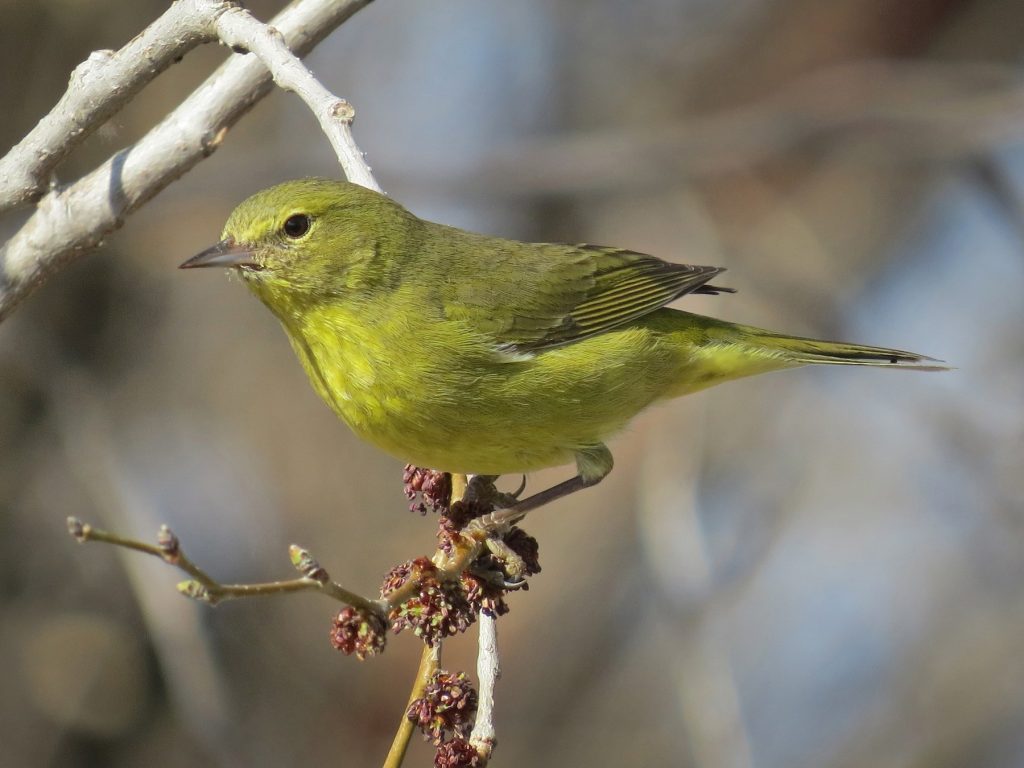
Often observed during winter in Arizona, Orange-crowned Warblers appear on approximately 9% of checklists during this period. However, some individuals remain year-round. With their yellow-olive hues, these warblers lack the vibrancy associated with their counterparts. The intensity of their orange crown is rarely visible, and both males and females exhibit similar appearances, while juveniles appear grayer.
5. Common Yellowthroat
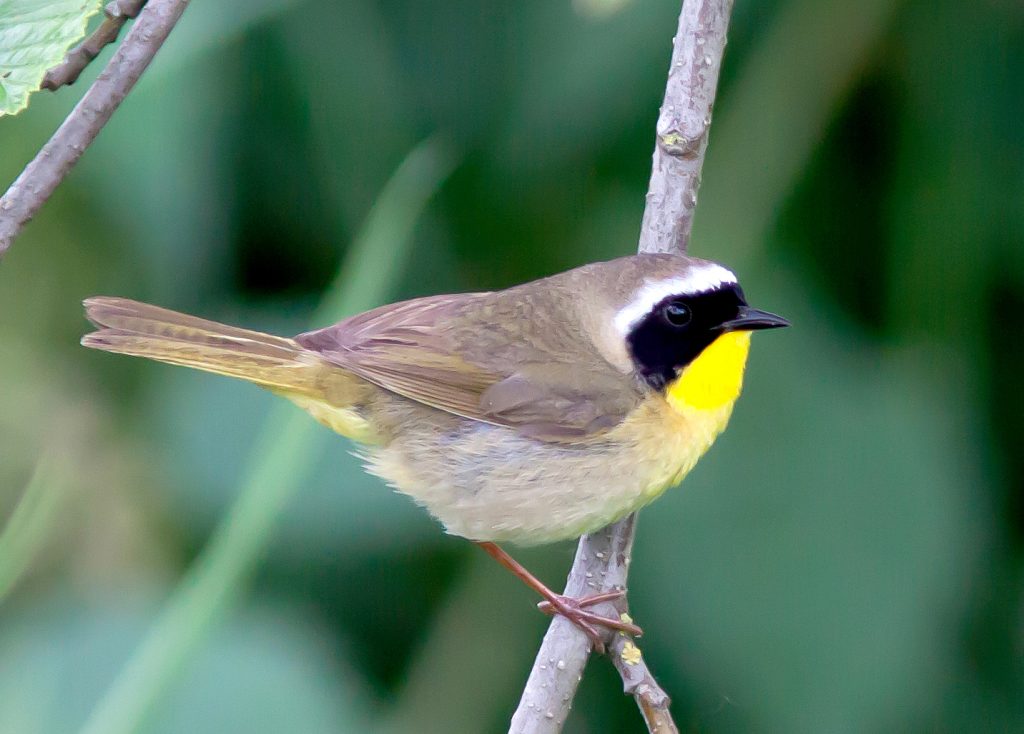
Common Yellowthroats grace the Arizona landscape throughout the year, with prominent appearances between April and October. Summer checklists boast their presence in 9% of observations, alongside 3% during winter. These diminutive birds flaunt brownish plumage on their backs and vibrant yellow undersides, accentuated by lengthy tails. Male Common Yellowthroats sport black masks across their faces, while the brightness of their yellow hue varies geographically. Females exhibit a more olive-toned appearance.
6. Wilson’s Warbler

Wilson’s Warblers predominantly migrate across Arizona from March to May and August to October, contributing to 22% of checklists during these periods. Males exhibit tiny, round bodies clad in yellow feathers, adorned with a large black cap. Females possess a smaller black cap.
7. Black-throated Gray Warbler
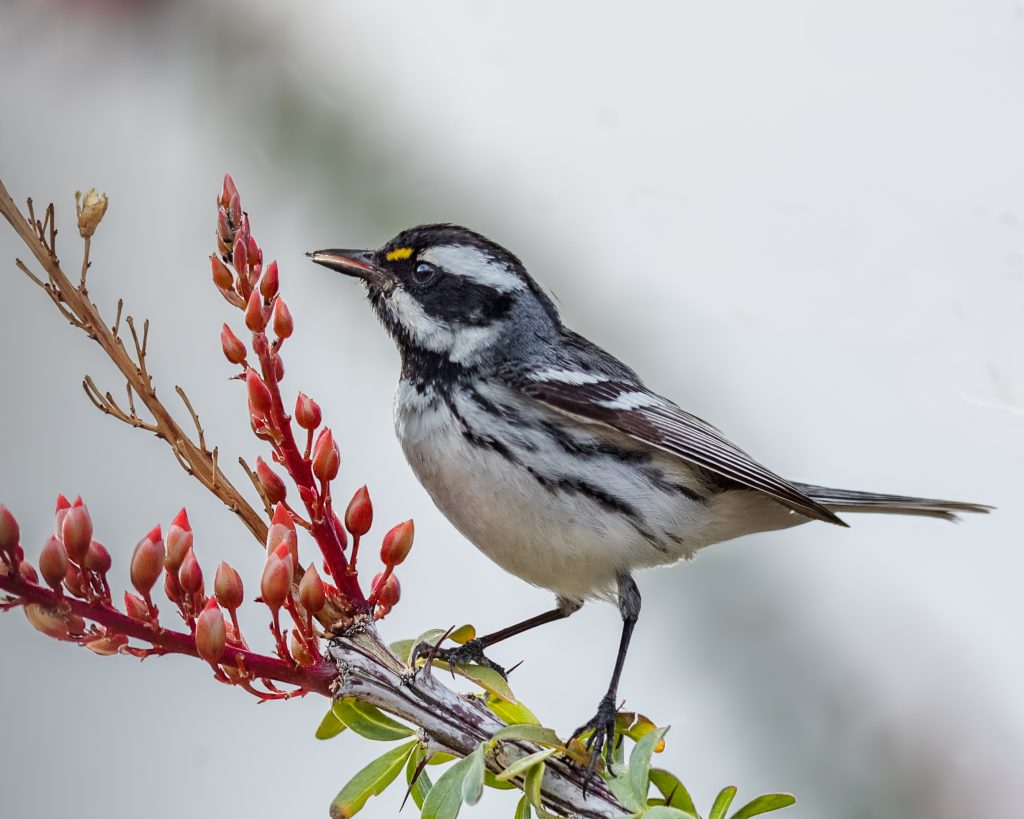
Breeding in northern Arizona, Black-throated Gray Warblers also make occasional appearances during winter in the southern part of the state. However, their migration periods from April to June and August to October witness higher occurrences, reaching up to 9% of checklists. These striking warblers feature black-and-white streaked patterns, gray backs, and yellow spots in front of their eyes. Males sport more extensive black throat markings than females.
8. Yellow-breasted Chat
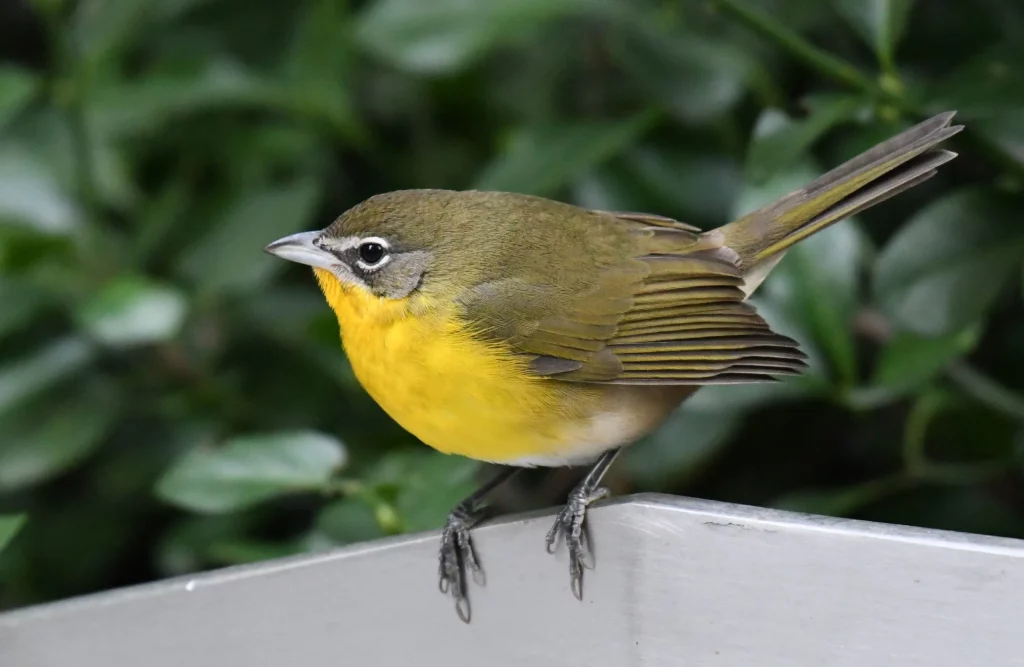
Yellow-breasted Chats are prevalent in Arizona throughout summer, appearing in 9% of summer checklists. These charming birds possess bright yellow breasts, long tails, olive-graybacks, and gray heads with white markings on the eyes and chin. Their lower bellies exhibit a white hue.
9. Townsend’s Warbler
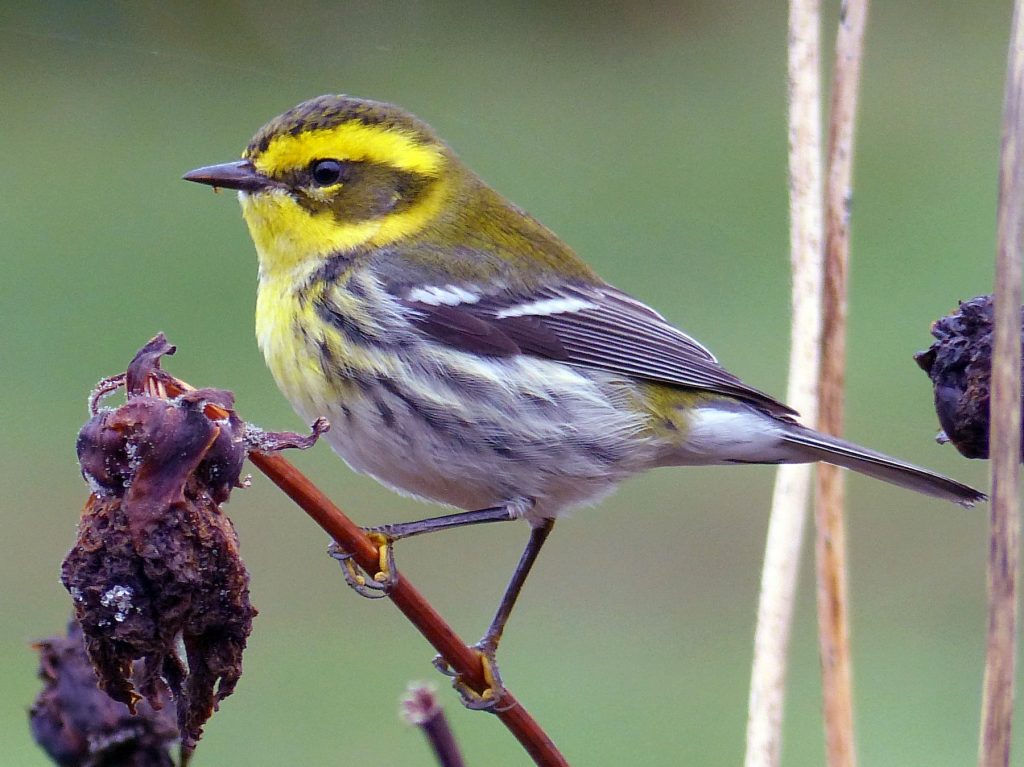
Migration seasons in Arizona witness the arrival of Townsend’s Warblers from March to May and August to October. These warblers contribute to approximately 9% of checklists during their migration periods. Characterized by their black and yellow plumage, males display a black crown, cheeks, and throat, accompanied by yellow eyebrows and a crescent beneath the eyes. Yellow bellies contrast with black spots on their upper backs. Females exhibit similar patterns, excluding the distinctive black throat. Juveniles possess lighter shades.
10. Grace’s Warbler
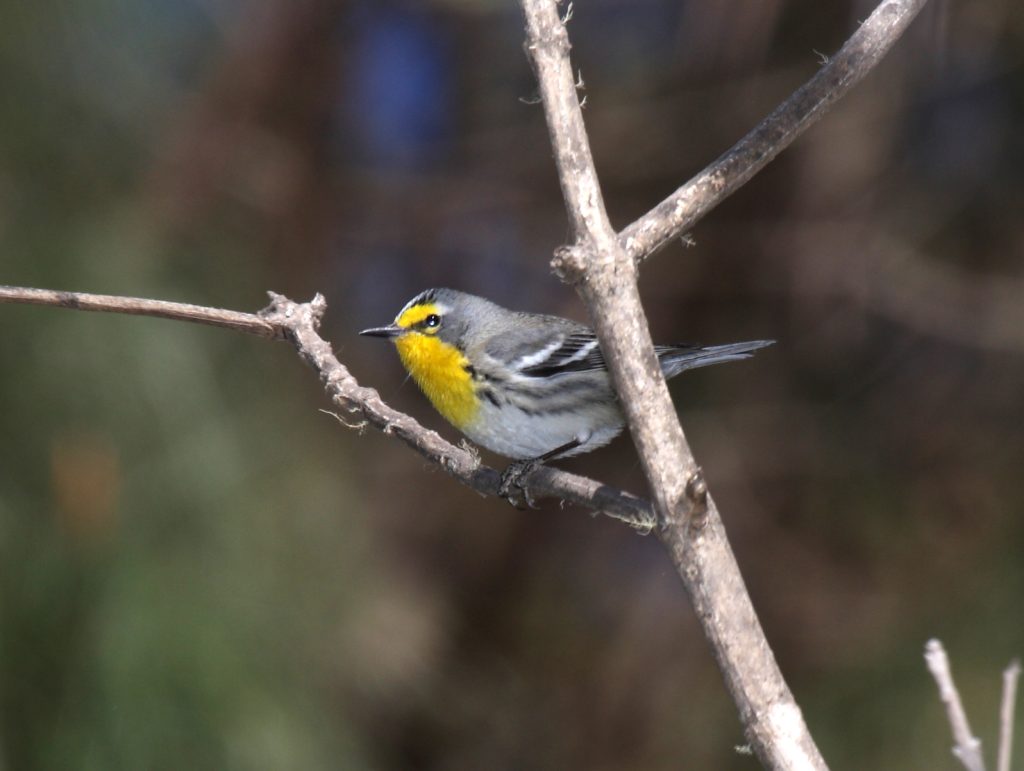
Gracing 5% of summer checklists, Grace’s Warblers spend their breeding season in Arizona, arriving in March and departing in September. These warblers feature dark gray crowns, white patches at the end of their yellow eyebrows, and gray backs. Bright yellow throats and breasts stand out against white bellies. Both males and females exhibit similar appearances, differing primarily in the color outline of their eyerings.
Appreciate the unique nuances of warbler species as you explore their vibrant plumage, enchanting songs, and intriguing behaviors. Embrace the world of warblers in Arizona, where these delightful creatures captivate with their presence and add a touch of wonder to the natural tapestry of the region.
11. MacGillivray’s Warbler
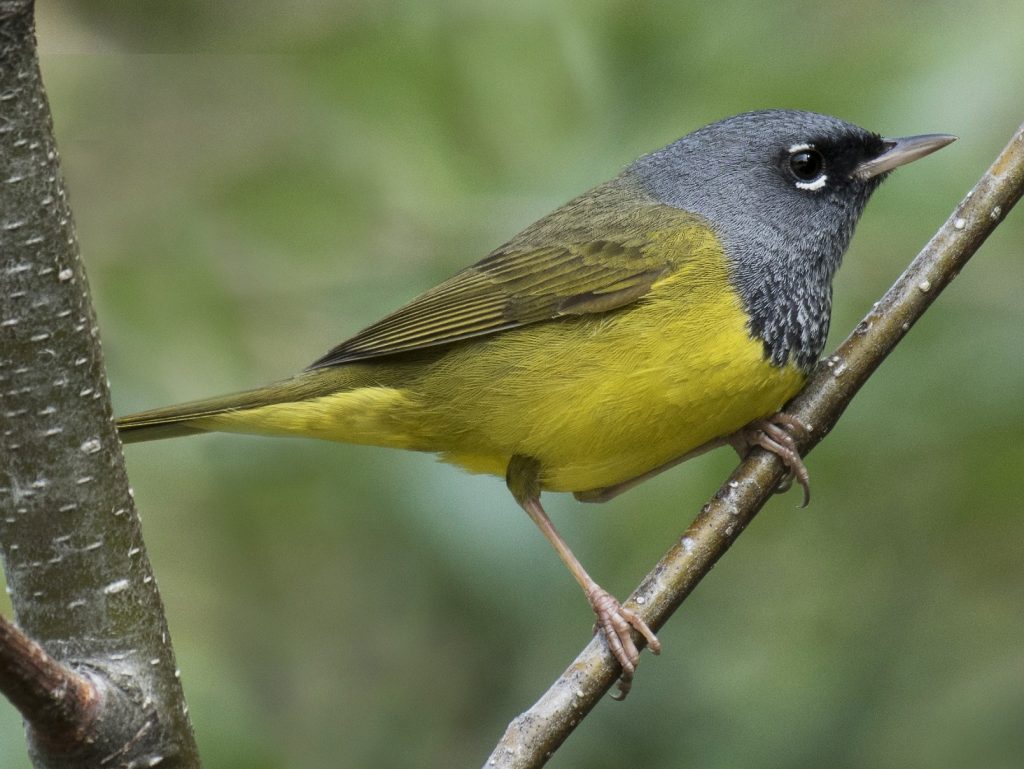
MacGillivray’s Warblers grace Arizona’s landscapes during migration seasons. These elusive birds can be spotted from April to June and August to October, accounting for their presence in up to 9% of checklists. They feature olive-green plumage with gray heads and a distinctive yellow throat. Their underparts exhibit a combination of yellow and gray tones.
12. Nashville Warbler
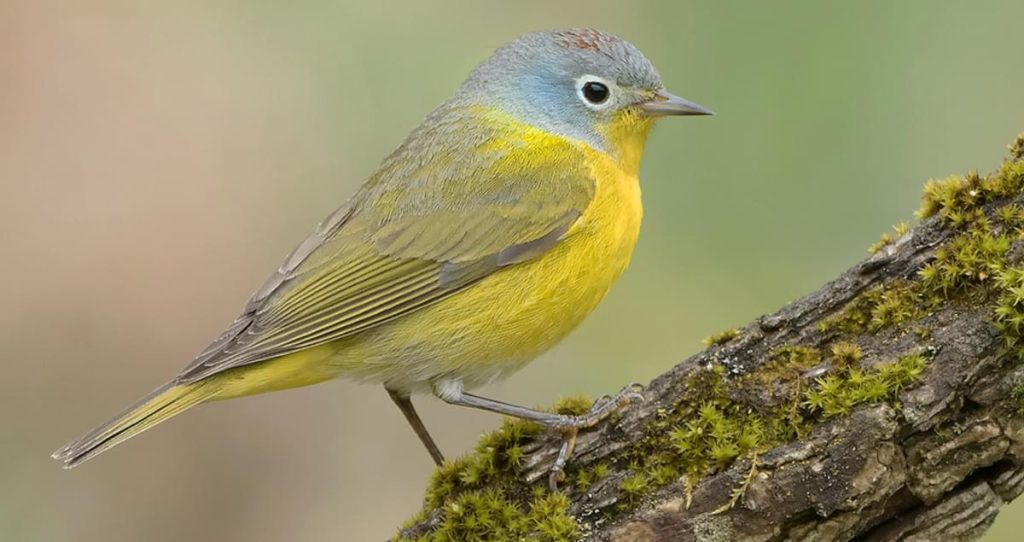
During migration, Nashville Warblers pass through Arizona, offering a delightful sight. From April to June and August to October, these warblers contribute to approximately 9% of checklists. Sporting bright yellow underparts, olive-green backs, and a gray hood, they display a white eye ring and a touch of yellow above their eyes.
13. Hermit Warbler
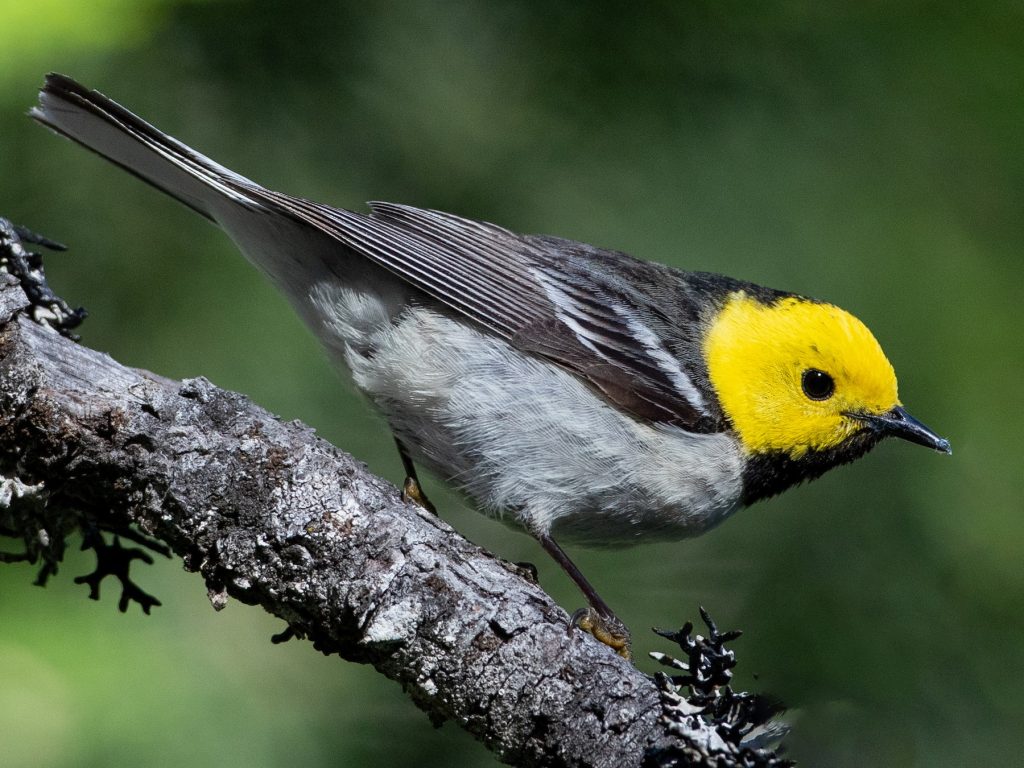
Hermit Warblers enchant observers as they migrate through Arizona. From April to June and August to October, these birds can be observed in up to 9% of checklists. Their appearance showcases a yellow face, throat, and underparts, contrasted by a gray back and wings. Males possess black hoods, while females exhibit a lighter version.
14. Northern Waterthrush
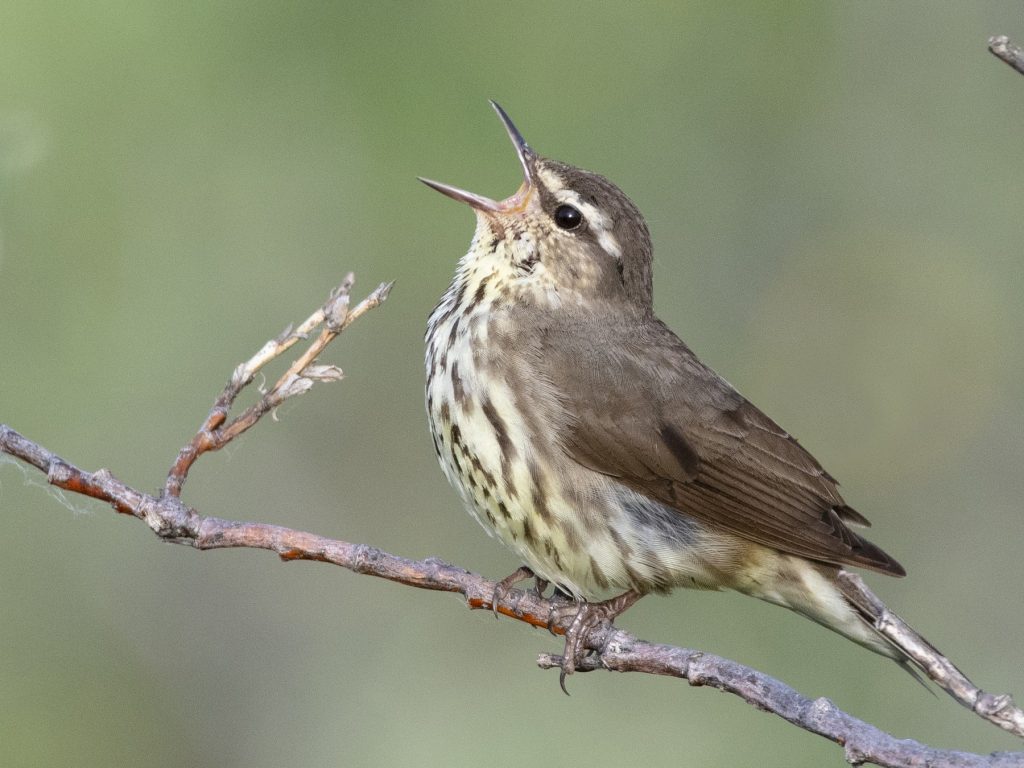
Northern Waterthrushes traverse Arizona during migration seasons, adding to the region’s avian diversity. From April to June and August to October, these warblers contribute to up to 9% of checklists. They feature a streaked brown back, white underparts with brown streaks, and a prominent white eyebrow stripe.
15. American Redstart
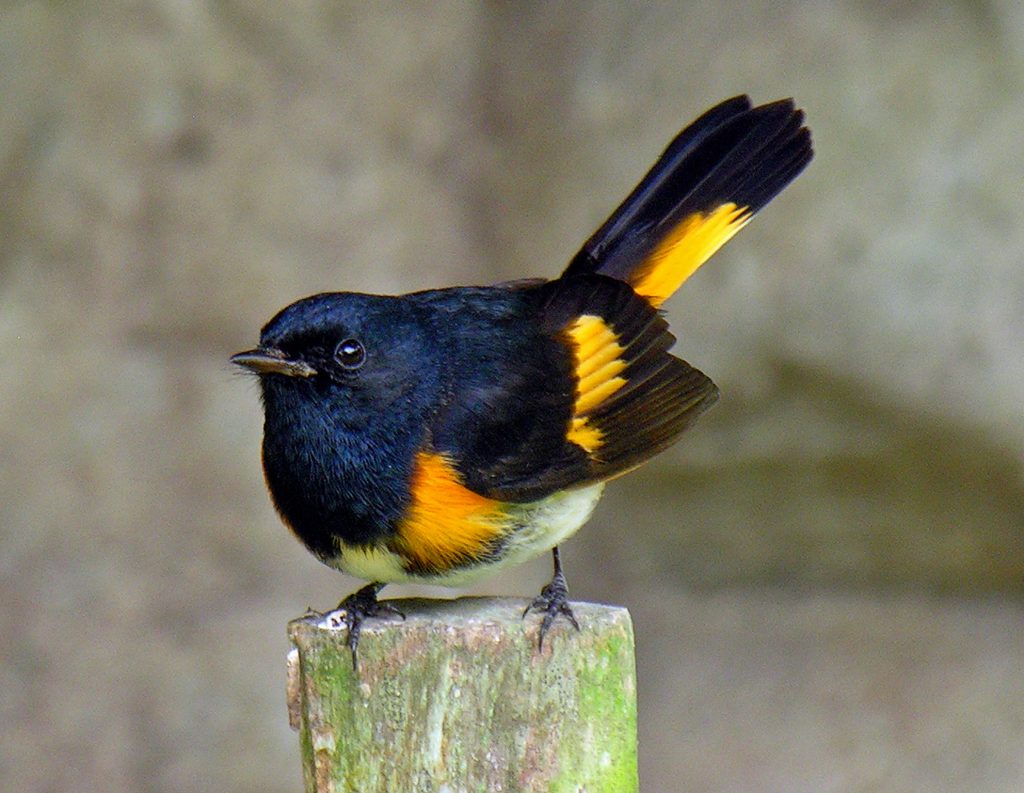
American Redstarts bring a burst of color during migration periods in Arizona. From April to June and August to October, they can be spotted in up to 9% of checklists. Males display striking black and orange plumage with bold patterns, while females exhibit grayish tones with yellow accents.
16. Rufous-capped Warbler
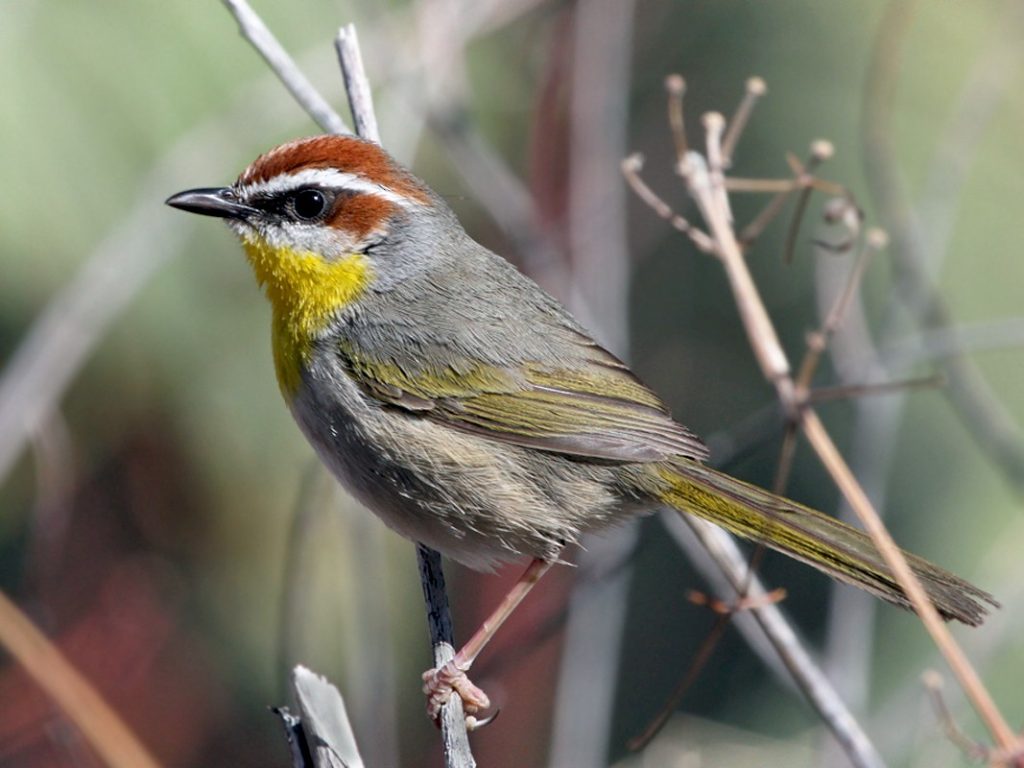
Considered an accidental visitor to Arizona, Rufous-capped Warblers occasionally make appearances in the state. These elusive warblers feature a rufous crown, olive-green upperparts, and bright yellow underparts. Their presence adds excitement to the birdwatching experience.
17. Louisiana Waterthrush
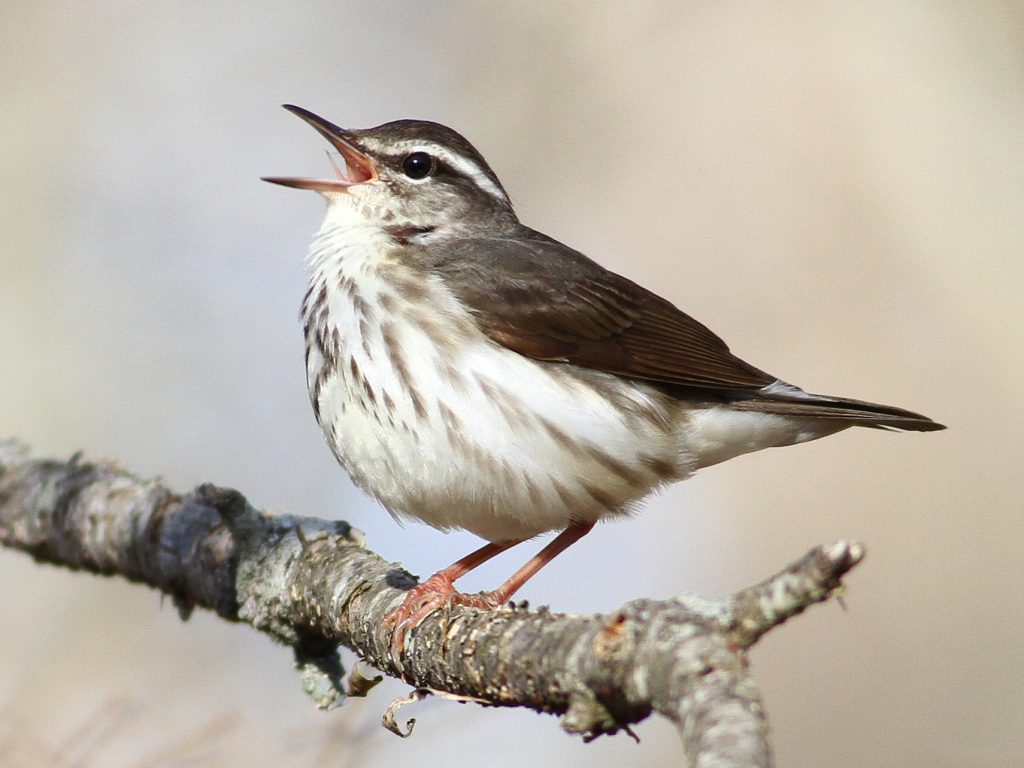
Another accidental visitor to Arizona, the Louisiana Waterthrush surprises observers with its unique appearance. These warblers showcase a streaked brown back, white underparts, and a prominent white eyebrow stripe.
18. Chestnut-sided Warbler
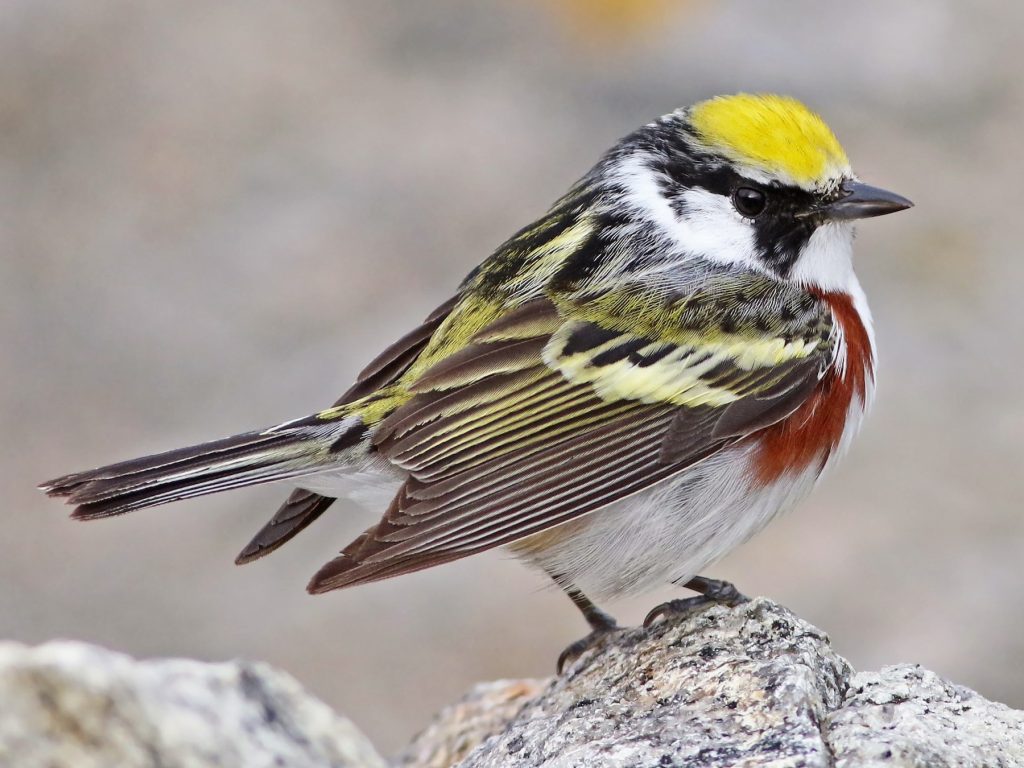
Chestnut-sided Warblers make occasional appearances in Arizona as accidental visitors. Adorned with vibrant plumage, they display a yellow crown, white underparts with chestnut-colored streaks, and grayish-olive wings.
19. Palm Warbler
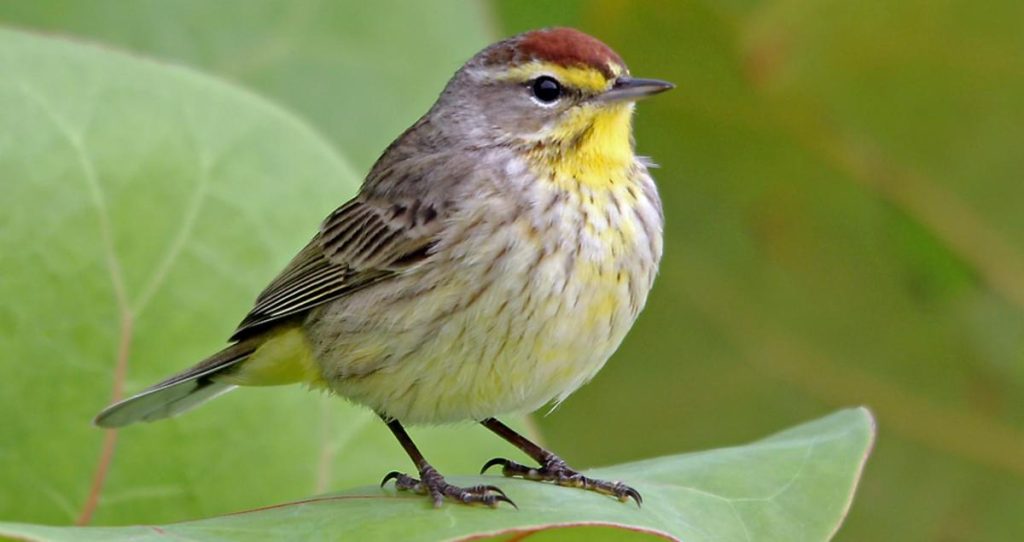
Palm Warblers grace Arizona’s landscapes as accidental visitors, adding an element of surprise. These warblers exhibit brownish-olive upperparts, yellow underparts, and a distinct rusty cap.
20. Tennessee Warbler

Tennessee Warblers surprise observers as accidental visitors to Arizona. They showcase a plain olive-green back, pale underparts, and a faint eye ring.
21. Hooded Warbler
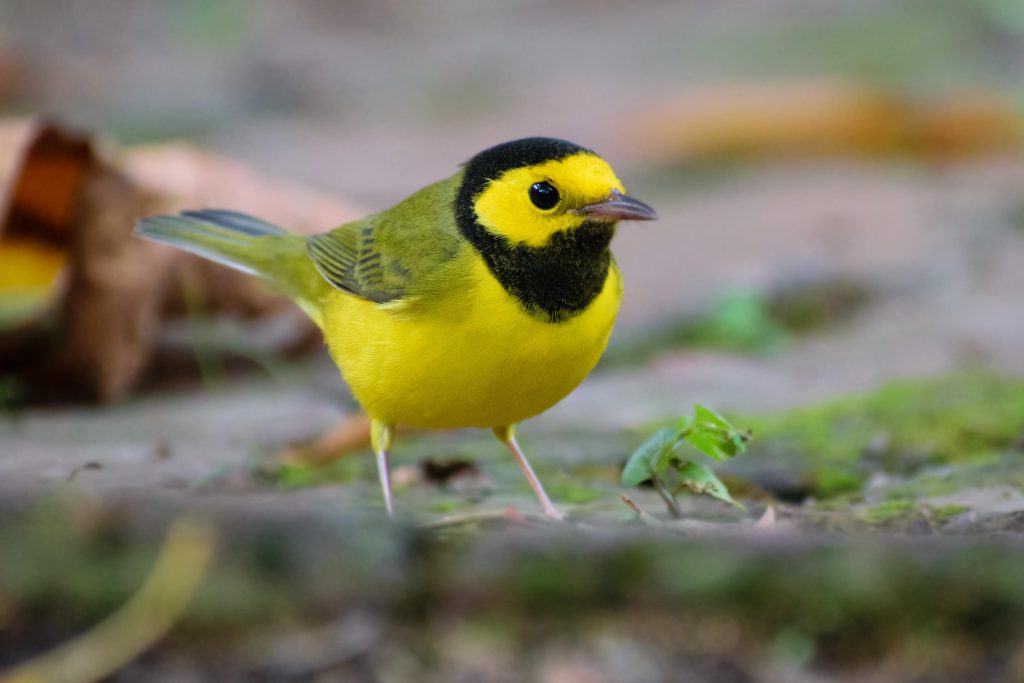
As accidental visitors, Hooded Warblers occasionally make appearances in Arizona. These striking warblers feature black hoods, bright yellow faces, and yellow underparts with black streaks.
22. Black-throated Blue Warbler

Black-throated Blue Warblers, considered accidental visitors to Arizona, captivate with their vibrant plumage. Males exhibit deep blue upperparts, while females display olive-brown plumage.
23. Ovenbird
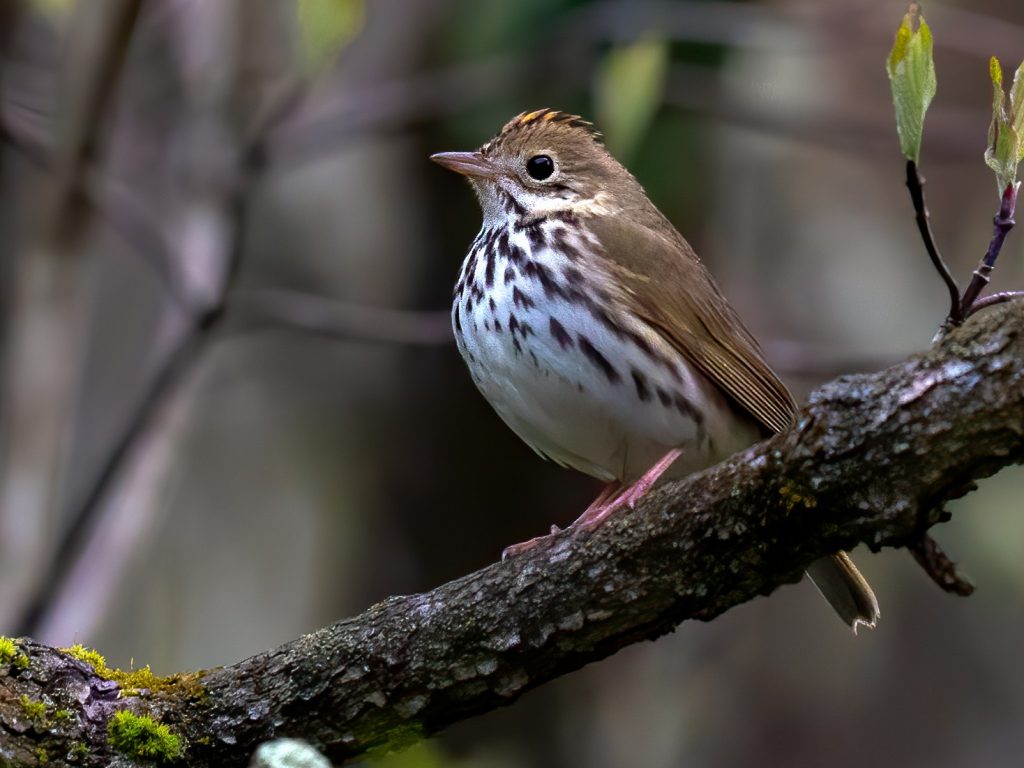
Ovenbirds surprise birdwatchers as accidental visitors in Arizona. They showcase a streaked brown back, white underparts, and distinct orange-brown crown stripes.
24. Prothonotary Warbler
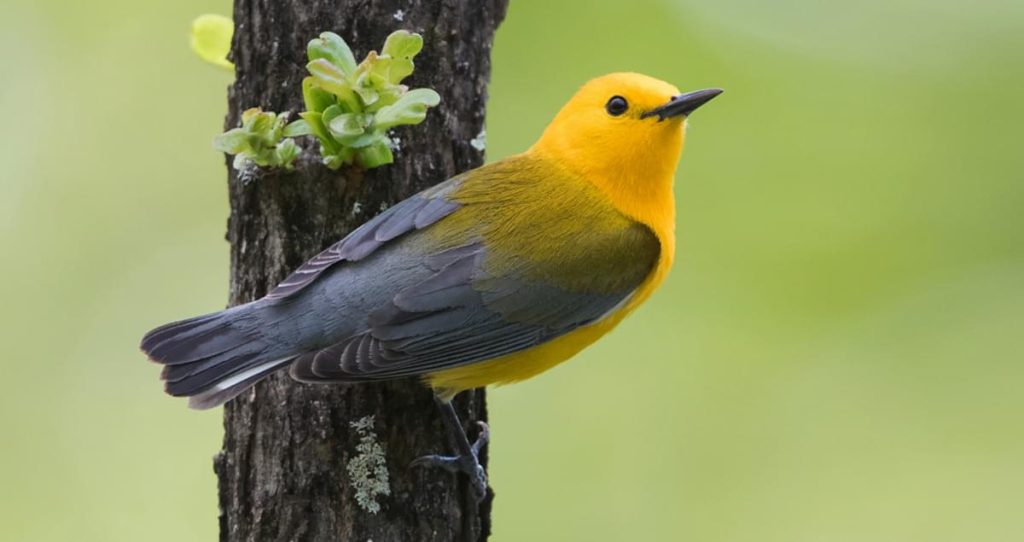
Occasionally spotted as accidental visitors, Prothonotary Warblers add a splash of color to Arizona’s avian scene. They feature bright yellow plumage, contrasting with their gray wings.
25. Yellow-throated Warbler

Yellow-throated Warblers grace Arizona sporadically as accidental visitors. They exhibit a striking yellow throat, olive-green upperparts, and white underparts.
26. Magnolia Warbler
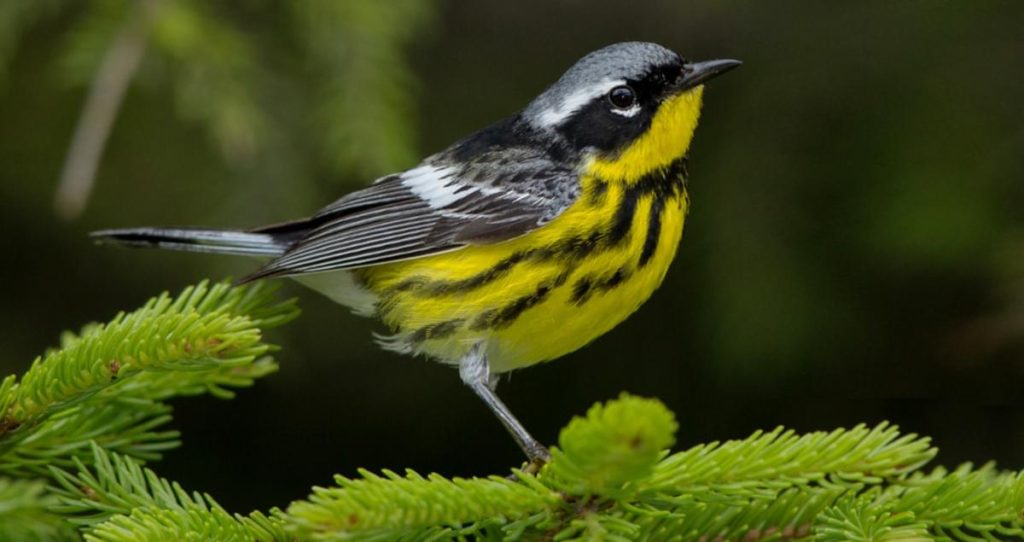
As accidental visitors, Magnolia Warblers occasionally surprise observers in Arizona. They showcase a striking combination of black streaks, yellow underparts, and white undertail coverts.
27. Black-throated Green Warbler

Black-throated Green Warblers, considered accidental visitors, add a touch of allure to Arizona’s birdwatching experience. Males display a black throat and olive-green upperparts, while females exhibit olive-brown plumage.
28. Pine Warbler

Pine Warblers occasionally appear as accidental visitors in Arizona, providing a delightful surprise. They showcase olive-green upperparts, yellow underparts, and distinct white wing bars.
29. Prairie Warbler
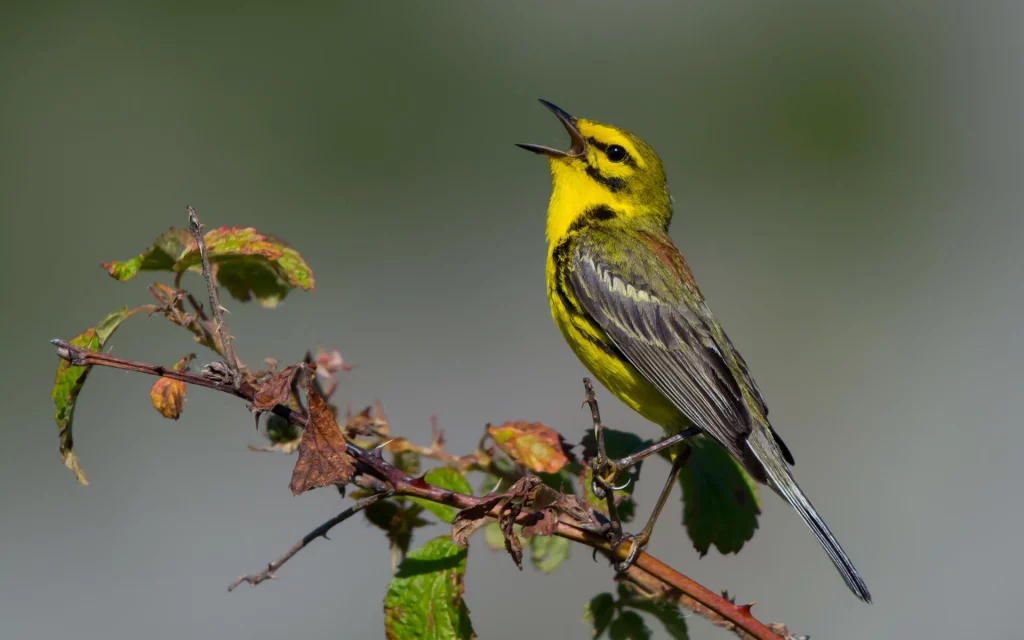
Prairie Warblers surprise observers as accidental visitors in Arizona. These charming birds feature olive-green upperparts, yellow underparts, and black streaks on their sides.
30. Blackburnian Warbler
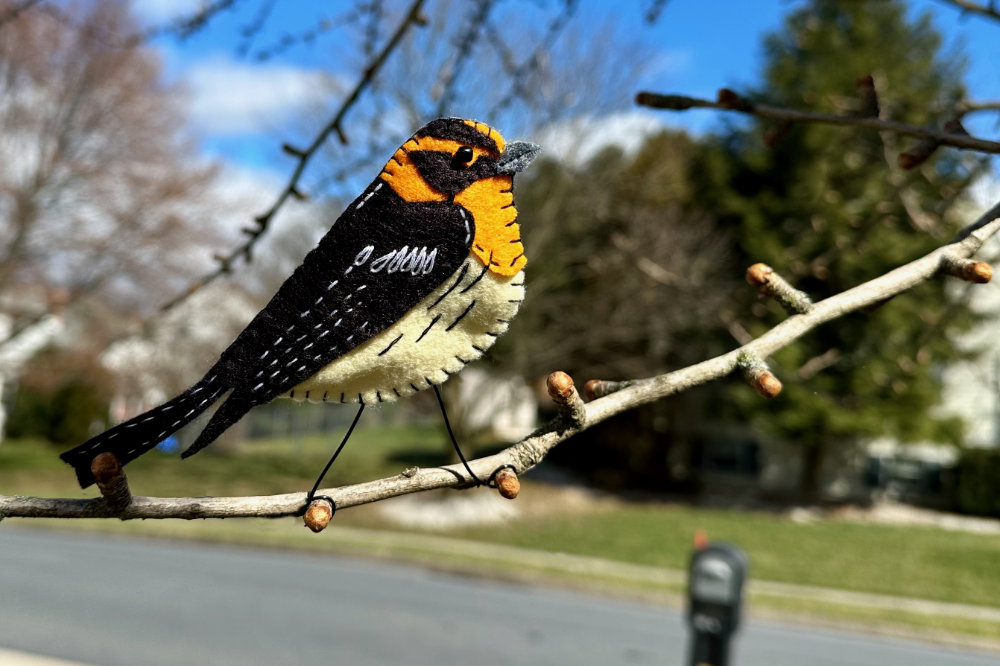
Occasionally gracing Arizona as accidental visitors, Blackburnian Warblers captivate with their vibrant plumage. Males exhibit a fiery orange throat, while females showcase a more subdued yellow throat.
31. Canada Warbler

Canada Warblers occasionally surprise birdwatchers as accidental visitors in Arizona. They feature a gray back, yellow underparts, and a distinct necklace pattern of black streaks.
32. Golden-winged Warbler
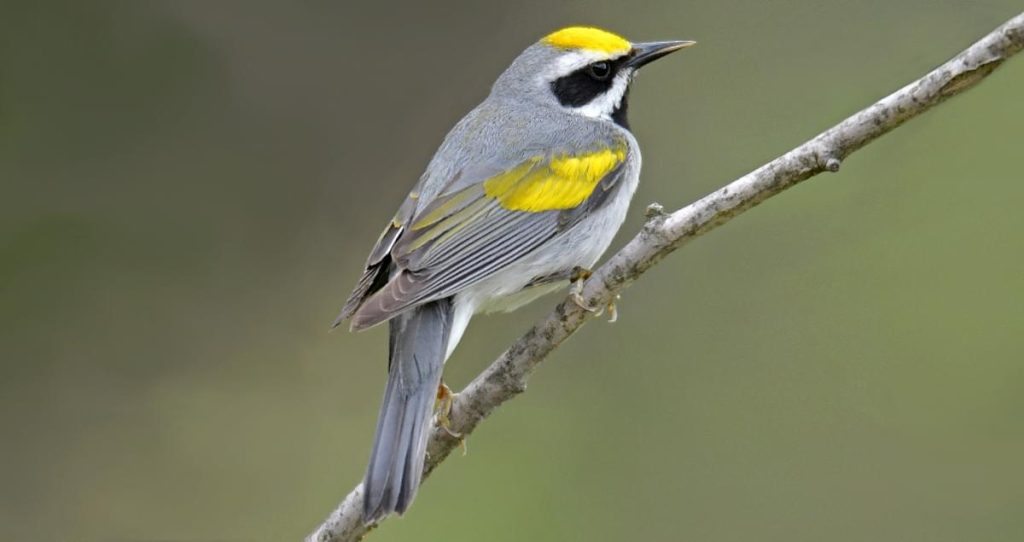
Golden-winged Warblers grace Arizona sporadically as accidental visitors. They showcase grayish-blue upperparts, yellow underparts, and distinct golden wing bars.
33. Worm-eating Warbler

As accidental visitors, Worm-eating Warblers occasionally surprise observers in Arizona. They exhibit a plain olive-brown back, buff-colored underparts, and distinct black stripes on their heads.
34. Blackpoll Warbler

Blackpoll Warblers add an element of surprise to Arizona’s birdwatching scene as accidental visitors. They showcase black-streaked gray upperparts, white underparts, and a distinct black cap.
35. Tropical Parula
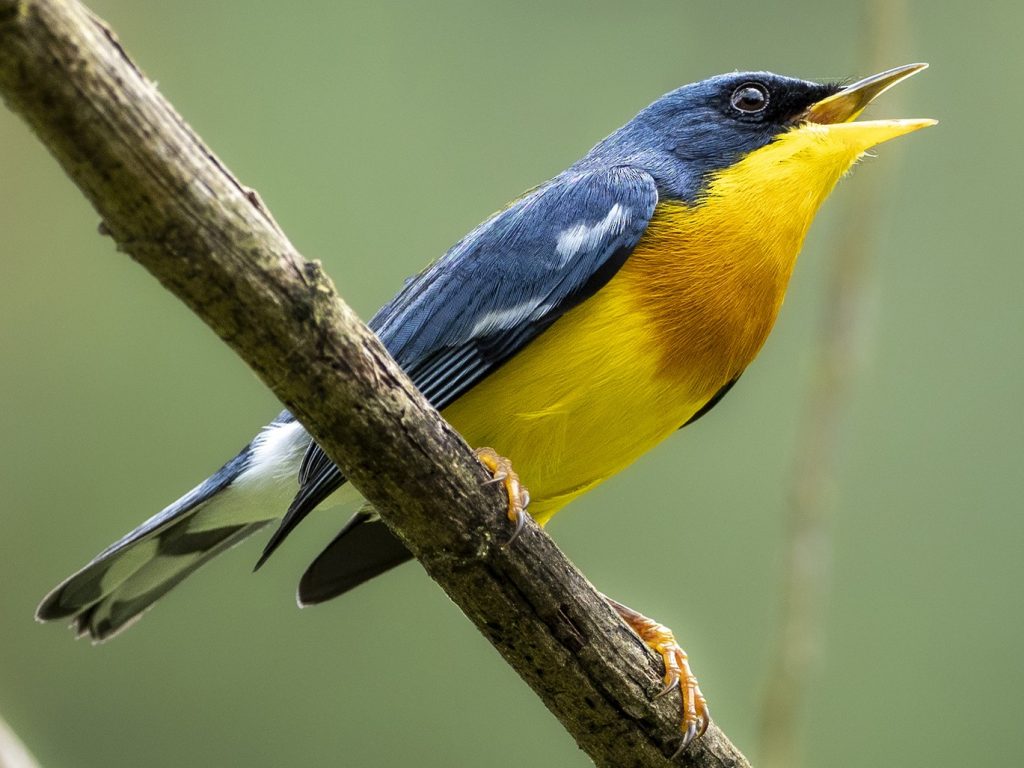
Tropical Parulas occasionally grace Arizona’s landscapes as accidental visitors. These striking warblers exhibit blue-gray upperparts, yellow underparts, and distinctive white eye crescents.
36. Cape May Warbler
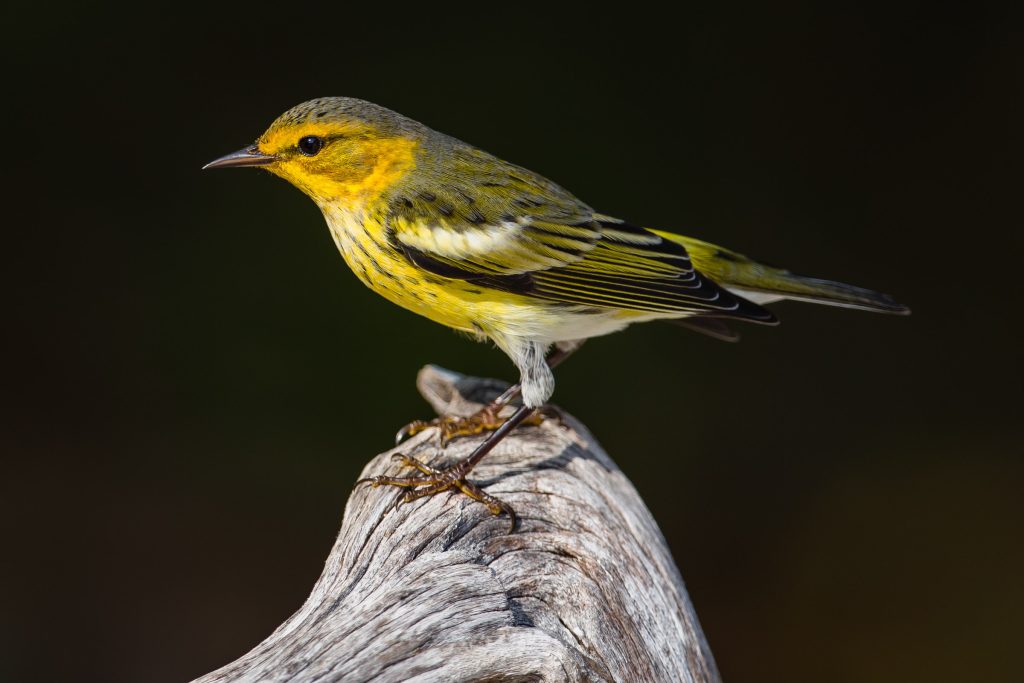
Cape May Warblers surprise birdwatchers as accidental visitors in Arizona. They feature a combination of striking yellow underparts, gray upperparts, and distinctive chestnut cheek patches.
37. Kentucky Warbler
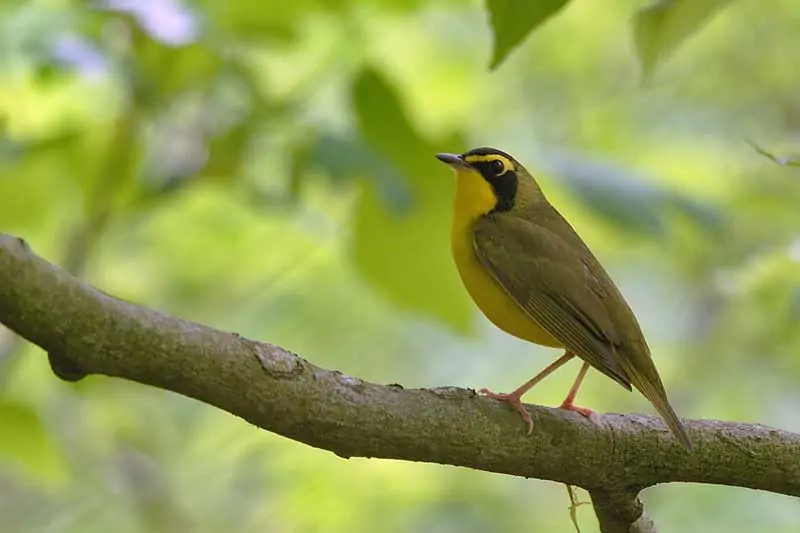
Kentucky Warblers occasionally make appearances in Arizona as accidental visitors. They showcase bright yellow underparts, olive-green upperparts, and a striking black mask.
38. Bay-breasted Warbler
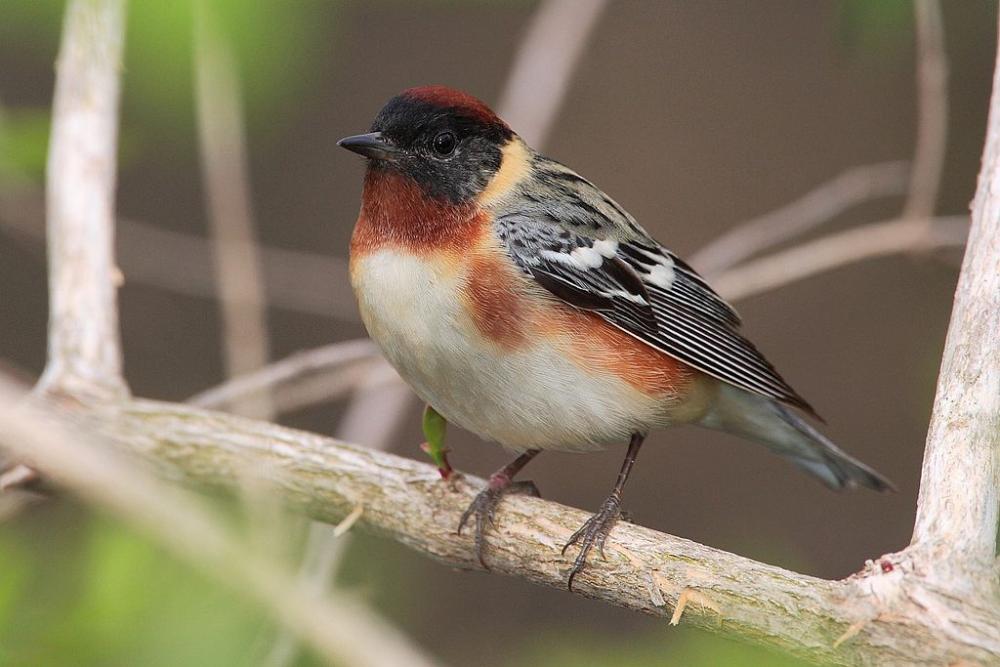
Bay-breasted Warblers add a touch of elegance to Arizona’s avian diversity as occasional accidental visitors. Males exhibit chestnut-colored upperparts and a black crown, while females showcase more subdued plumage.
39. Blue-winged Warbler
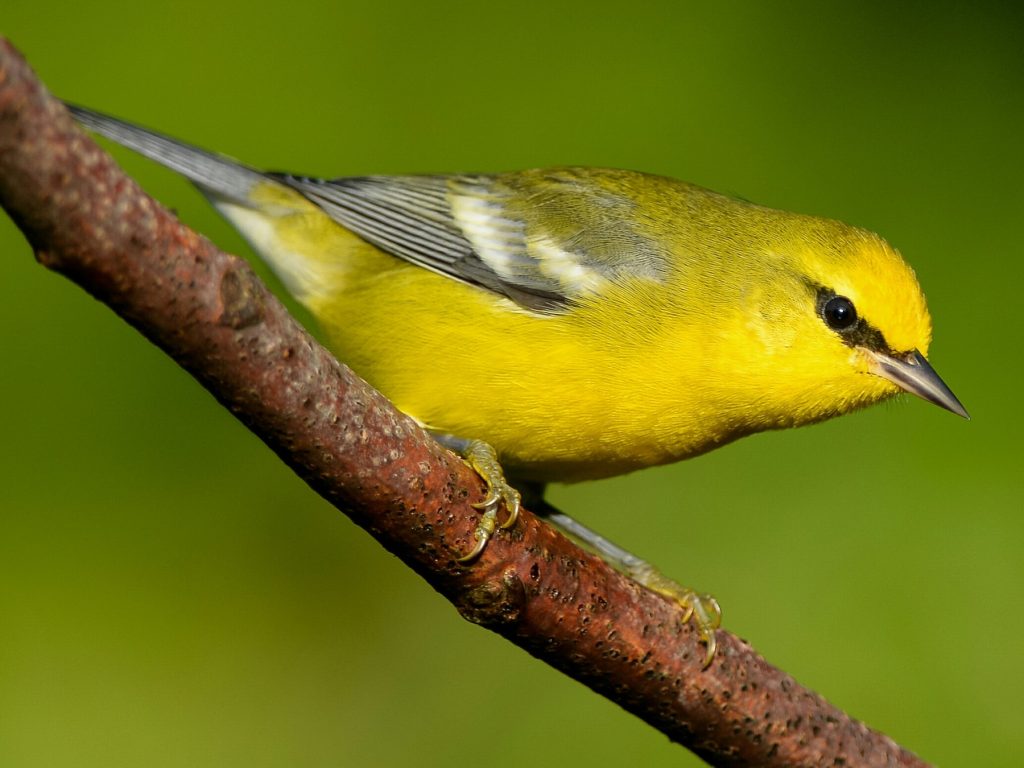
Blue-winged Warblers occasionally grace Arizona as accidental visitors, providing a captivating sight. They feature yellow underparts, grayish-blue upperparts, and distinctive white wing bars.
40. Mourning Warbler
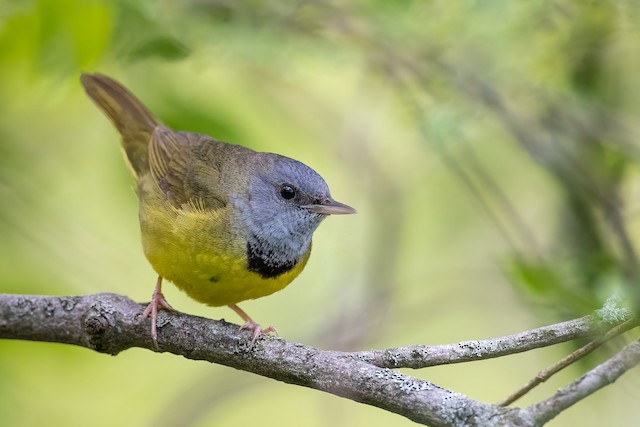
Mourning Warblers surprise observers as occasional accidental visitors in Arizona. They exhibit olive-green upperparts, yellow underparts, and a distinctive gray hood.
41. Connecticut Warbler
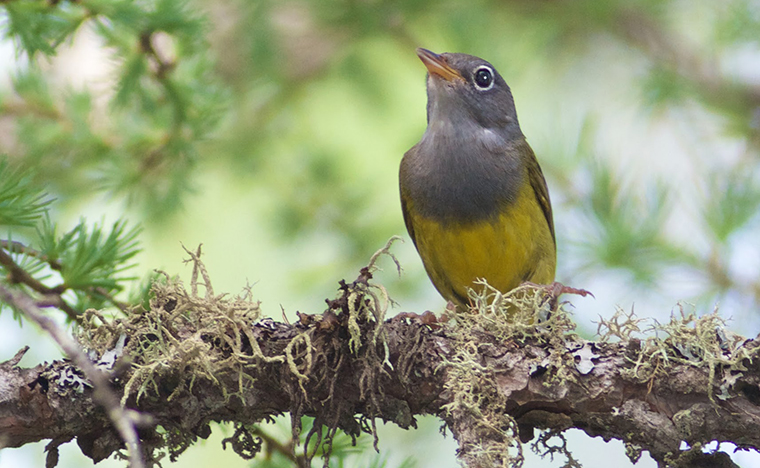
Connecticut Warblers occasionally make appearances in Arizona as accidental visitors, adding excitement to the birdwatching experience. They showcase olive-brown upperparts, yellow underparts, and a faint eye ring.
42. Golden-cheeked Warbler
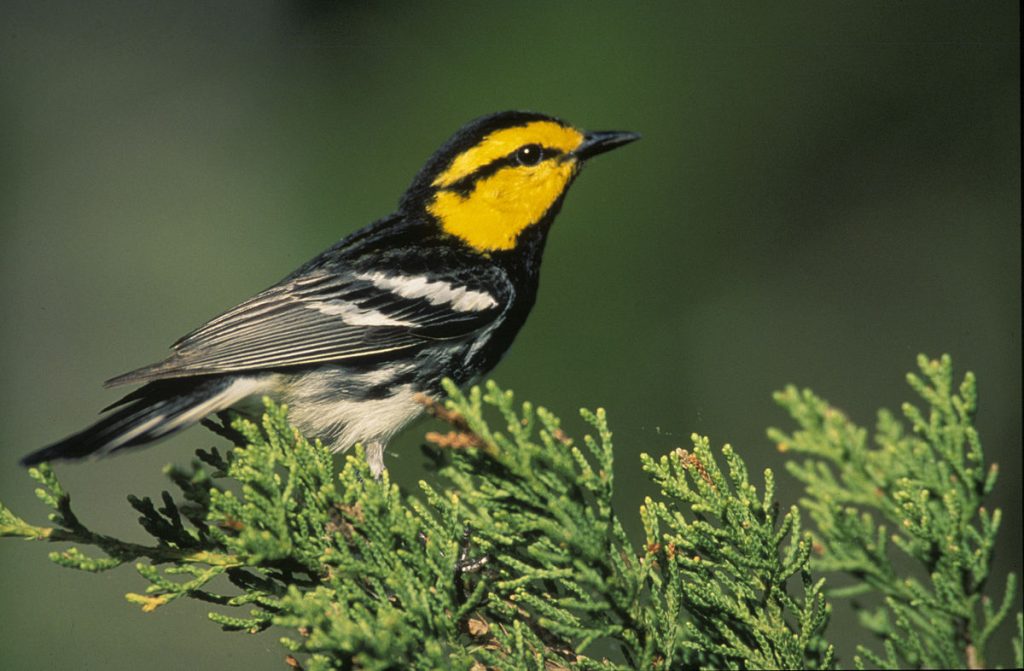
Considered accidental visitors, Golden-cheeked Warblers occasionally surprise birdwatchers in Arizona. They feature black upperparts, yellow underparts, and distinctive golden cheek patches.
43. Painted Redstart
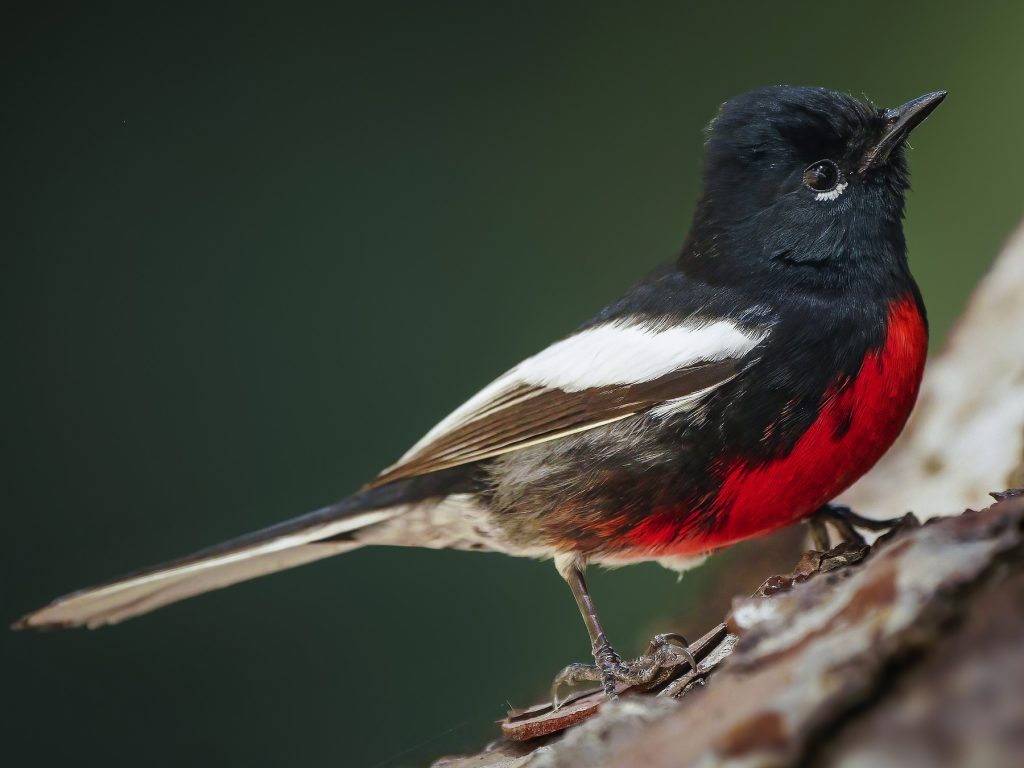
Painted Redstarts grace Arizona’s landscapes as occasional accidental visitors, captivating with their striking plumage. They showcase black upperparts, white underparts, and vibrant red patches on their wings and tails.
44. Bachman’s Warbler
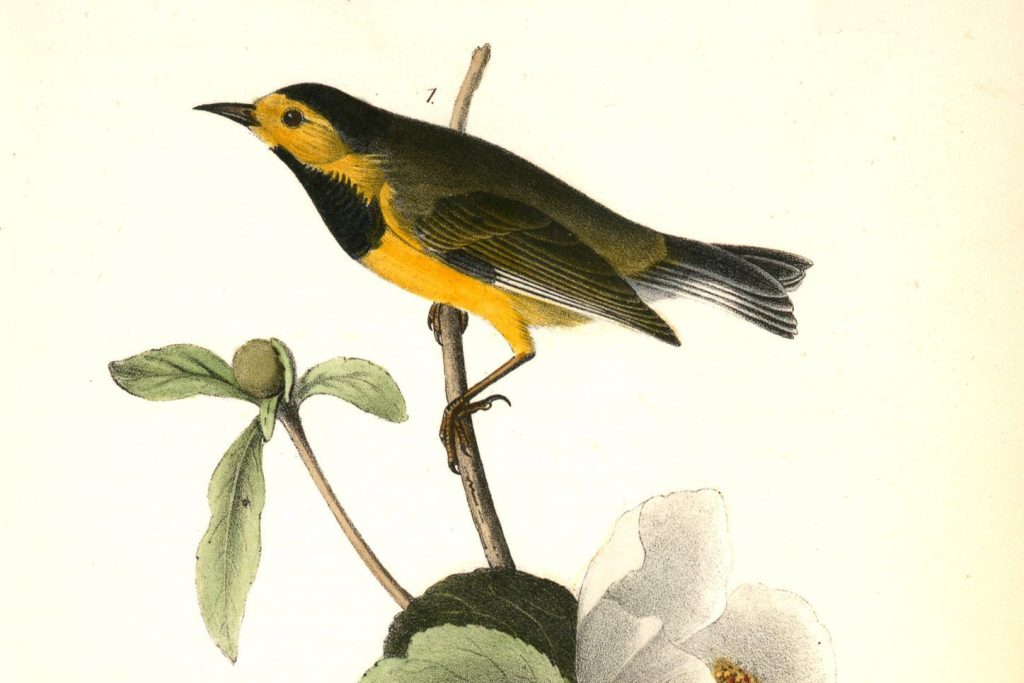
Bachman’s Warblers, a rare sight, occasionally surprise lucky observers as accidental visitors in Arizona. These warblers exhibit bright yellow underparts, olive-green upperparts, and distinct black streaks on their sides.
Witness the marvel of these warblers, each showcasing their unique beauty and contributing to the vibrant avian tapestry of Arizona.
